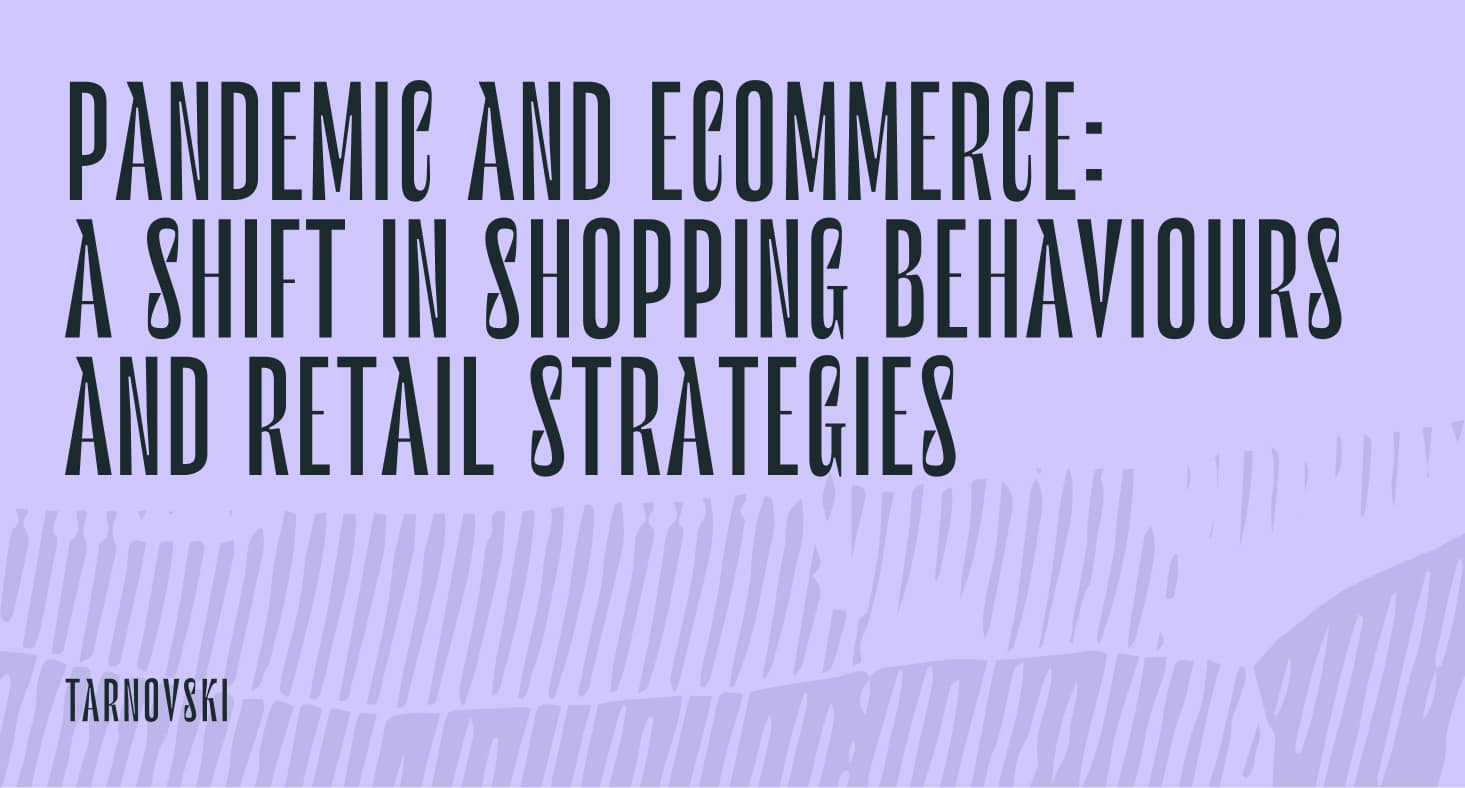Discover how eCommerce evolved during the pandemic's early weeks, from shifts in consumer behaviour to the rise of omnichannel strategies. Learn the impact on essentials, luxury, and fashion sectors.
This article reflects the situation as of the date of publication, April 10, 2020
Among the first to enjoy the virtually global quarantine were the eCommerce enthusiasts. The fact that everyone will stay at home for many weeks ahead looked like a generous opportunity for all the eRetailers.
Their logic is simple: since you can't go any more to the convenience store next to your house as you're used to, you will order online from its main alternative: your favourite eShop. But the problem is you don't have a favourite, because you're not used to ordering essentials online. At least not that often. And then what happens? Exactly! You don't migrate to the “real online”, but rather prefer an on-demand courier service to bring you the products from that same brick and mortar shop you typically used to go to. Many of us opt for a third party to intermediate the transaction with their favourite offline store rather than migrating to a “pure-blood” online shop.
And this is true for most of the sectors where the internet did not dominate yet in the pre-pandemic period. In the data collected by Within we see some things that seemed unlikely to many:
Their logic is simple: since you can't go any more to the convenience store next to your house as you're used to, you will order online from its main alternative: your favourite eShop. But the problem is you don't have a favourite, because you're not used to ordering essentials online. At least not that often. And then what happens? Exactly! You don't migrate to the “real online”, but rather prefer an on-demand courier service to bring you the products from that same brick and mortar shop you typically used to go to. Many of us opt for a third party to intermediate the transaction with their favourite offline store rather than migrating to a “pure-blood” online shop.
And this is true for most of the sectors where the internet did not dominate yet in the pre-pandemic period. In the data collected by Within we see some things that seemed unlikely to many:
Commodities
Essential products have increased in online sales, but the conversion rate didn't grow proportionally. It seems that the competition between essentials online sellers is constantly increasing and this is why buyers are checking for several buying options before placing their orders, and that generates much higher costs for their Google ads (up to + 480%).
Luxury products
it recovered pretty fast: sales returned to their standard levels in only 3 weeks from the first drop (yes, the rich people worry about their expenses, too, sometimes). And the best part — the conversion rate improved dramatically, registering improvements of up to + 85% compared to the standard rate. It seems that whoever can afford to spend money on luxury items, knows exactly what he/she wants to buy.
Fashion products
It may seem strange, but the fashion industry is recovering much faster than we could have expected. I see at least 2 possible reasons for it. First - people are trying to maintain their status quo, even if circumstances change: people need to keep up with the fashion, to feel they're modern. Second - as the routine changes, consumers are also adapting their outfits: more and more retailers brag about their pyjamas sales increase, including their luxury versions.
Pure-play eCommerce
Those who focused exclusively on online sales are the most disappointed. We're talking about companies that were convinced that the digital era has come and that we would do all our shopping on the internet. Why did their sales drop? Because most of them are not top of mind as brands; because the online transaction for us, as a humanity, is a far too new phenomenon; but also out of mistrust - the stereotype that there are more chances to be defrauded online than offline is still quite popular.
Omnichannel
As always, the basic business lesson — don't put all your eggs in one basket — works flawlessly. Companies who blend the online and offline correctly seem to be the least affected, with small decreases, fast recovery and an increase in conversions.
Here's what I've learned from these data: no matter how "good" your product and brand are, you must ensure your presence on all possible relevant channels.



